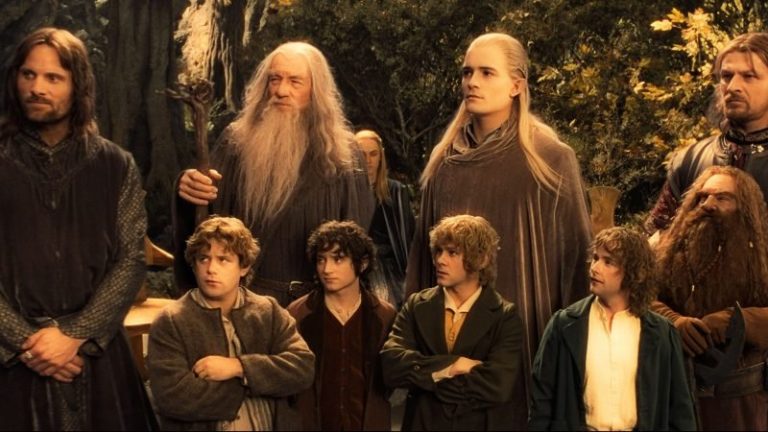Storytelling is a rich tradition that has been around for centuries. It is a way to share information, pass down knowledge, and entertain people of all ages. Storytelling can take many forms, such as folktales, fables, myths, legends, and even personal experiences. However, no matter what the story is about or how it is told, certain elements make up a good story.
9 points for good storytelling
1. The characters
The characters in a story are what make it come to life. They are the ones who drive the plot forward and engage the audience. When creating characters, it is essential to give them depth and believability. Your readers will want to know what motivates them, what they are afraid of, and what they stand to gain or lose. Make sure that your characters are not one-dimensional and have a unique role in the story.
2. The plot
The plot is what keeps the story moving forward. It is the sequence of events that leads to the climax and resolution. To create a good plot, you need to start with a strong opening that grabs your reader’s attention. Then, the middle of the story should be exciting and suspenseful, while the ending should be satisfying. It is also essential to have a clear goal or objective for your characters and ensure that this goal drives their actions.
3. The setting
The setting is what sets the story in a specific time and place. It is the backdrop against which the action takes place. Therefore, it is essential to think about the details of your world: What is the climate? What are the customs and traditions? What are the political dynamics? By building a realistic world, you create a more immersive experience for your readers.

4. The language
The language of a story plays a vital role in setting the tone and atmosphere. It can create suspense, convey emotion, and build character. When writing your story, make sure to use appropriate language for the genre and the audience. Choose vivid and descriptive words, and avoid clichés and overused expressions.
5. The delivery
The delivery of a story is just as important as the content itself. It is how it is told, whether through words or pictures. When telling a story, it is important to use voice modulation, body language, and facial expressions to engage the audience. Make sure to practice your storytelling skills to tell the story in an exciting and captivating way.
6. The timing
The timing of a story is another crucial factor to consider. It determines the pace at which the story unfolds and how much information is revealed at a time. When writing your story, it is essential to be deliberate with your choices. Reveal just enough information to keep the reader engaged, but don’t give away all of the plot twists and surprises.

7. The perspective
The perspective of a story determines who is telling it and how much information is revealed. There are three main perspectives to choose from: first person, second person, and third person. The first person is limited to the protagonist’s point of view, while the second person puts the reader in the protagonist’s shoes. The third-person gives a more objective point of view and allows for multiple characters to present various points of view. It is vital to choose a perspective that fits the tone and genre of your story.
8. The tone
The tone of a story sets the mood and creates a particular atmosphere. It can be serious, comic, sad, or happy. It is important to be consistent with the tone throughout the story and make sure that it matches the genre and the audience.
9. The genre
The genre of a story determines its style and content. There are many different genres to choose from: mystery, romance, science fiction, and fantasy. It is crucial to pick a genre that fits your story’s tone and mood.
In storytelling, it is important to consider these elements. By creating a well-rounded story, you will engage your readers and keep them hooked until the end.








